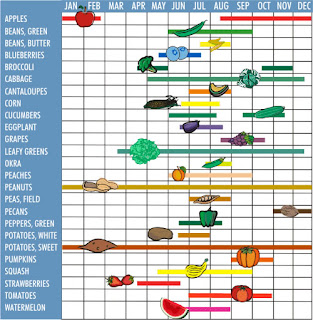The cold and wet winter weather is going to cause the CSA to be delayed but that actually works out well. This year the CSA spring season will last 8 weeks and run from May through June. This will also allow me to fall in line with the Know Your Farms multi-farm CSA. They source food weekly from several local farmers. They too will operate year round with four distinct seasons. 12 families are joining me for my own CSA, but I'll also be a part of the Know Your Farms CSA.
I was in the greenhouse, looking at a small nasturtium and cursing their low germination rate when I noticed a tiny Praying Mantis on one of its leaves. I collected several egg casings last fall when I trimmed shrubs in my yard.
I put one in the greenhouse and many others throughout my fields after planting. They do a great job of eating other bothersome insects. It's a good sign that spring is here.
I've already had some help out at the farm. Stacey and her children David, Ethan and Erin have been out to the farm twice to help.
I'll be taking on 50 laying hens in May in order to provide eggs for CSA members on a weekly basis. They'll be moving into chickens tractors, one of which is already waiting in the field.
Our family flock has started laying strong again after the winter season during which chickens don't lay as much. I feel confident that my 4 year old daughter Keaton won't be able to name all 50 of the new ladies, thus ensuring that they remain livestock and therefore won't qualify for the protections offered our other family pets.
I'm going to try and continue with weekly updates on Tuesdays so check back then.
Aaron





